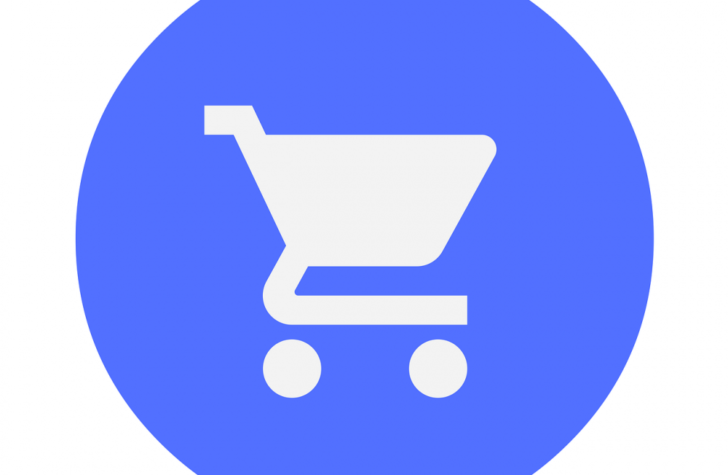E-commerce – Revolutionizing the Way We Shop

E-commerce: An Introduction to the Future of Retail
Introduction:

In this digital age, e-commerce has become an integral part of our everyday lives. From buying groceries to booking flights, it has revolutionized the way we shop. Whether you are an individual or a business, understanding the concept of e-commerce is essential. In this comprehensive article, we will delve into the world of e-commerce, discussing its importance, historical evolution, and the impact it has on both individuals and businesses.
Understanding E-commerce and its Key Aspects
At its core, e-commerce refers to the buying and selling of goods and services online. With the advent of the internet, it has become easier than ever to connect buyers and sellers from across the globe. Some important aspects to consider in e-commerce are:
1. Online Shopping Experience:
E-commerce platforms are designed to provide a seamless online shopping experience for customers. From browsing through products to making secure payments, convenience is the key. Responsive websites and user-friendly interfaces enhance the overall shopping experience.
2. Security and Trust:
Secure transactions are crucial in e-commerce. Customers need to trust that their personal and financial information is protected. Secure Socket Layer (SSL) technology and encryption techniques ensure that sensitive information remains confidential, fostering trust between buyers and sellers.
3. Customer Service:
Proactive and friendly customer service plays a significant role in e-commerce. Prompt responses to queries, efficient order processing, and hassle-free returns or exchanges contribute to a positive customer experience.
The Evolution of E-commerce: A Historical Perspective
E-commerce has come a long way since its inception. Let’s take a brief look at its evolution over time.
1. Early Beginnings:
The idea of e-commerce can be traced back to the 1960s when Edsger Dijkstra developed the first electronic data interchange (EDI) system, enabling businesses to exchange electronic documents. This laid the foundation for the future development of e-commerce.
2. Emergence of Online Marketplaces:
In the 1990s, companies like Amazon and eBay revolutionized e-commerce by creating online marketplaces. These platforms brought together sellers and buyers, providing a virtual marketplace for almost any product or service.
3. Mobile Commerce (M-commerce):
The widespread adoption of smartphones and mobile devices has given rise to m-commerce. With the advancement in mobile technology, e-commerce has become even more accessible, enabling users to make purchases on-the-go.
4. The Rise of Social Commerce:
Social media platforms such as Facebook, Instagram, and Pinterest have transformed the way we shop. The integration of e-commerce features within these platforms allows businesses to showcase products directly to users, creating a seamless shopping experience.
E-commerce’s Impact on Individuals and Businesses
1. Benefits for Individuals:
E-commerce offers convenience, variety, and competitive pricing to individuals. From the comfort of their homes, customers can shop globally, compare prices, and access a wide range of products. E-commerce also provides opportunities for individuals to start their own online businesses, allowing them to pursue their entrepreneurial dreams.
2. Opportunities for Businesses:
E-commerce has opened up avenues for businesses to reach a global audience. An online presence allows businesses to expand their customer base, reduce costs, and increase their revenue. Furthermore, data-driven insights obtained through e-commerce analytics enable businesses to make informed decisions and tailor their offerings to meet customer demands.
Conclusion
E-commerce continues to shape the retail landscape, providing unparalleled convenience and opportunities for individuals and businesses alike. As technology advances, we can expect further innovations in this field. Whether you are a consumer or a business owner, understanding and embracing e-commerce is essential to thrive in the digital age.
In summary, e-commerce has transformed the way we shop, offering convenience, variety, and global accessibility. It has evolved from early data exchange systems to robust online marketplaces and continues to grow with the rise of mobile and social commerce. Individuals benefit from the convenience and entrepreneurial opportunities it offers, while businesses can leverage e-commerce to reach a global audience and drive growth. As e-commerce continues to evolve, it is crucial for individuals and businesses to adapt and embrace this digital revolution.

















